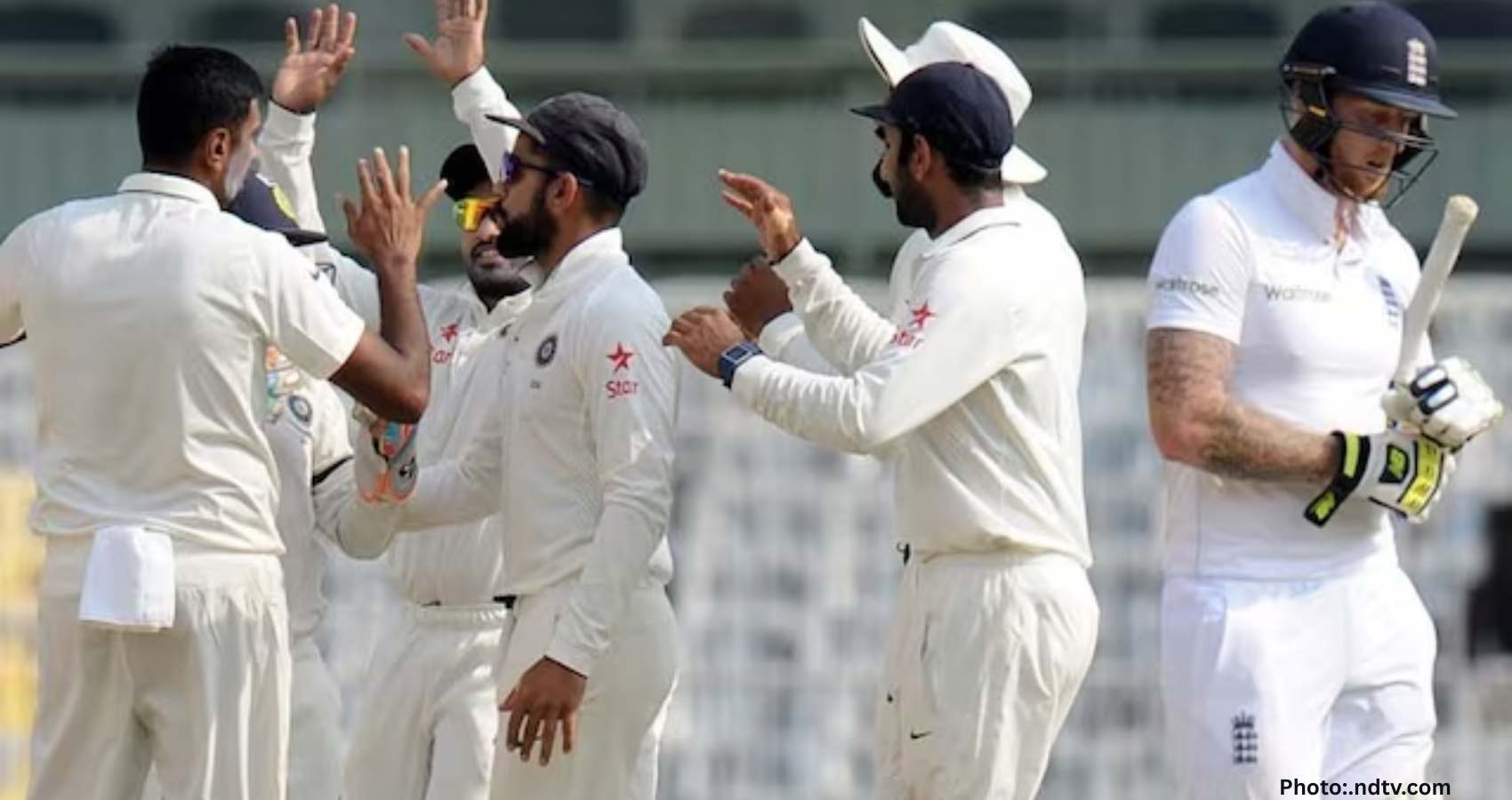The enthralling 2-2 draw in the Anderson-Tendulkar Trophy between England and India delivered a dramatic beginning to the new World Test Championship cycle.
The series was an epic contest, with each of the five Tests extending into the final day and four into the final session, showcasing some of the best individual and collective performances the format has seen in recent years.
The scoreline defied the projections of former cricketers and pundits, a majority of whom had anticipated an easy victory for England.
Despite England’s home advantage, experts were skeptical about India’s prospects due to their pre-series struggles.
India came into the series after being whitewashed 0-3 at home by New Zealand and a subsequent 3-1 defeat by Australia. These losses made India appear vulnerable.
A series of sudden retirements and fitness issues left India without four key players: R Ashwin, Rohit Sharma, Virat Kohli, and Mohammed Shami. Their absence elevated the pressure on young Shubman Gill, who led the side in his first series as captain.
India’s squad, though talented, was considered inexperienced, especially in batting under challenging conditions. While seasoned campaigners like KL Rahul, Ravindra Jadeja, and Rishabh Pant were part of the squad, players like Yashasvi Jaiswal, Sai Sudarshan, Karun Nair, Washington Sundar, and Abhimanyu Easwaran were new to this level in England.
Gill’s modest overseas batting record also raised doubts about his suitability for captaincy. Concerns over pace ace Jasprit Bumrah’s fitness further dimmed India’s prospects.
Their loss in the first Test at Headingley, where England chased down 373 in the fourth innings, seemingly confirmed the critics’ doubts.
However, India rebounded impressively to clinch a massive victory in the next Test at Edgbaston by 336 runs.
This turnaround was not a fluke but a testament to the skill and relentless determination that characterized India’s performance for the remainder of the series.
The subsequent three Tests were fiercely contested, with both sides elevating their intensity and skill levels, confronting each other blow-for-blow.
This resulted in frequent heated clashes but also showcased unforgettable acts of heroism, with players from both teams overcoming fatigue and injury to keep their sides in the competition.
Key figures from the series highlight what kept India competitive throughout the neck-and-neck contest.
Three Indian batters—Gill, Rahul, and Jadeja—surpassed 500 runs in the series, whereas England had only one, Joe Root.
India achieved 12 centuries, compared to England’s nine.
Mohammed Siraj, with 23 wickets, was the series’ highest wicket-taker. Akash Deep was the only bowler to claim 10 wickets in a match.
While failures were rare, numerous heroes emerged, with Gill and Siraj serving as the pillars of India’s extraordinary show throughout the series.
Gill, in outstanding form, amassed 754 runs, with 430 coming in a single Test.
His performance fell just 20 runs short of breaking Sunil Gavaskar’s record series aggregate, and he was second only to Don Bradman (810) for the highest runs made in a series by a captain.
To be compared with Bradman and Gavaskar speaks volumes about Gill’s accomplishment and potential. His prolific scoring earned him his team’s complete respect, and after a hesitant start, he quickly matured in confidence, displaying fine temperament and smart tactics in challenging situations.
Siraj, who had lived in the shadows of Bumrah and Shami since his debut in 2021, emerged spectacularly, earning a place in cricket folklore.
With undeniable tenacity, Siraj bowled with great passion, enduring physical strain and embracing the spearhead role in Bumrah’s absence, inspiring fellow pacers to excel beyond themselves.
His 23 wickets came at an average of 32.43, with an economy rate of 4.02 and a strike rate of 48.43. However, in India’s two victories, he was the decisive force.
At Edgbaston, his six wickets in the first innings (seven overall) turned the match decisively in India’s favor. At the Oval, he took nine wickets—four in the first innings and five in the second—dramatically tilting the match.
India’s ability to hold their nerve for 25 days under intense pressure, driven by willpower, ambition, and skill, culminating in a thrilling final 56-minute comeback at the Oval, is one of Test cricket’s most riveting stories.
This series also marked a transformative moment for India’s young team, shifting from apprehension and doubts to a future rich with promise driven by ambition and excellence.
This account of India’s journey through the series was sourced from the BBC.

